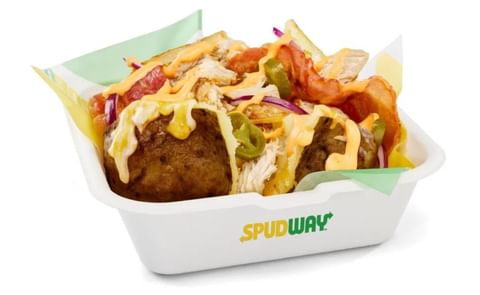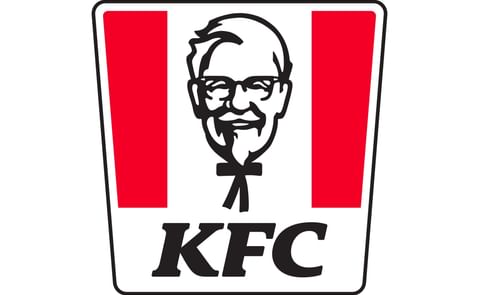NPD Group reports that Restaurant Industry Ends Tough Year with Visits Down Across All Foodservice Segments
Restaurant Industry Ends Tough Year with Visits Down Across All Foodservice Segments

The industry weakness traces to the weak state of the economy, especially in terms of high unemployment and low consumer confidence. Nearly half of the traffic losses related to fewer visits made by people picking up something from a foodservice outlet to eat at work. Visit cutbacks by families with kids and young adults, who are the heaviest restaurant users, also contributed to the traffic declines, reports NPD.
In addition, lower food commodity prices, while easing margin pressure for some restaurant operators, also made grocery store prices more appealing for consumers. NPD, which tracks consumption behavior and attitudes in-home and away-from-home, finds consumers viewing in-home meals as more affordable, especially among consumers most concerned about their finances.
The non-commercial foodservice sector also experienced declines in 2009. According to NPD’s CREST OnSite®, which tracks usage of foodservice at business and industry, secondary schools, colleges and universities, hospitals, lodging, senior care, military, and vending segments, for the year ending December 2009, non-commercial foodservice traffic declined by -9 percent. Sectors most affected by the economy and high unemployment, such as business and industry, vending, and lodging, posted the steepest declines.
According to Riggs, the outlook for 2010 remains difficult for the foodservice industry until unemployment gets under control. Foodservice demand is expected to be weak through the first three quarters of the year. NPD’s forecast model shows a modest growth in the fourth quarter of the year.










